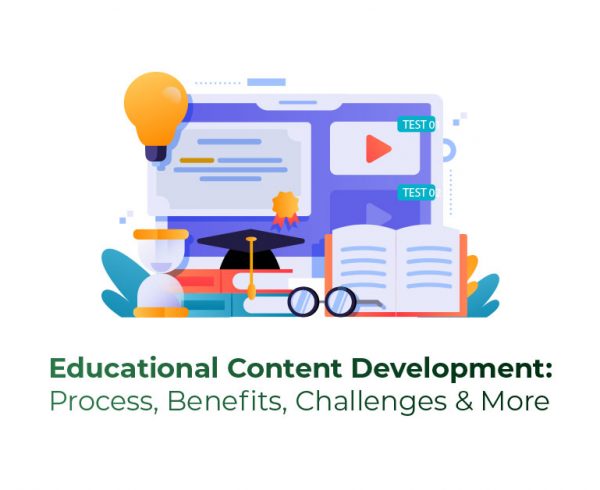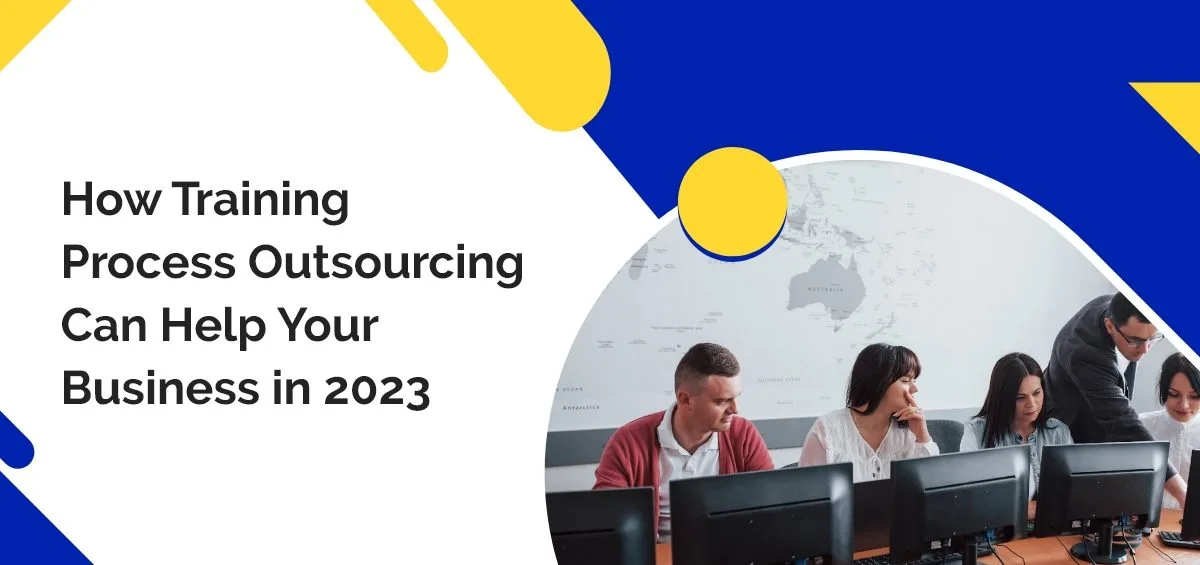In an organization, training is the stepping stone to creating efficient employees. Therefore, the foundation has to be laid right to get the desired results. By foundation, we mean the content for your training program. Certain things need to be addressed and identified before you start with the training content development process. In this blog, we are going to tell you ten things that will help you get started with developing your training content.
But why are we giving so much importance to content development?
Surely, you can create a guide or a manual on how to develop training content for certain tasks and operations within your organization.
The point is, modern-day employees, do not quite prefer standard off-the-shelf content. You need to talk to them, understand their learning needs and learning styles, and create content that is customized to their specific needs and job roles.
The hallmark of effective training content is it:
- Keeps the employees engaged
- Improves knowledge retention
- Enhances employee productivity
- Boosts employee motivation
Related Read: Gamification – The Secret Sauce for Employee Engagement?
Here are some points to guide you in training content development:
1. Business Needs Analysis
To start with training content development, we first need to understand what is the end goal of the business. For example, new software has been purchased. Here, your business needs are for your employees to learn and understand the functions of the new software so that they can perform their tasks efficiently, eventually improve productivity, and save time.
2. Learning Needs Analysis
Once we understand the business need, we need to identify the learning needs. Continuing with our example, the software has different streams or modules like Sales, Purchase, Accounts, HR, etc. Now, we need to identify which role in the organization needs training in which module(s).
3. Learner Profile
It’s very important to understand that all employee roles do not require training for everything. Every job role has unique learning needs, we need to zero in on the exact areas of training. For example, every employee in the Accounts department does not need to be trained on the entire Accounts module. Some may need training only on Accounts Receivable and some on Accounts Payable.
4. Terminal Learning Objectives
Once we have identified the learner profiles, we need to define the overall learning objectives for every role or profile. The terminal objectives define what a learner will learn in the training and what he or she will be able to achieve on completion of the training.
5. Enabling Learning Outcomes
Enabling outcomes are intermediate goals or milestones a learner will achieve to achieve the larger terminal objectives. These are like the pieces of a jigsaw puzzle that come to form the larger picture.
6. Formative Assessments
Formative assessments are intermediate checkpoints to ensure the learner has absorbed the information provided. Each enabling objective must be aligned with at least one question. However, there can be multiple questions aligned to an enabling objective. They are normally not scored and provide descriptive feedback for reinforcement.
7. Summative Assessments
Summative assessments are aligned with the terminal objectives and touch upon the enabling objectives. Summative assessments are used to ensure the end objective of the training is met. They are scored and often require a minimum score to be completed successfully.
8. Content Outline
Once we have identified the enabling objectives and decided on what parameters we want to test the learners on, we now need to list the topics and subtopics for the training. The content outline should focus on what the learner needs to learn to meet the enabling and terminal objectives and complete the formative and summative assessments successfully.
9. Identify Possible Sources
This is the treasure hunt part of the exercise. The information we are looking for to create the training content can be with Subject Matter Experts (SMEs), in manuals, government notifications or circulars, or simply in someone’s head. It can be simply anywhere. The job is to hunt it down and document it.
10. Content Format
Finally, we need to know how we are delivering the training. It always helps to know if we are delivering the training in a classroom or as eLearning, microlearning, videos, etc. This helps in ensuring we have sufficient information to cater to the requirements and start developing the content.
In Conclusion:
Knowing how to develop content for training for an employee training program is not all that difficult as it looks. Yes, content development for training does need a certain level of expertise to analyze and identify the goals & objectives and create a training plan, but that is something that a partner with the right skills and proficiency can easily take care of. The level of engagement that the training content provides determines whether an employee will truly stay focused throughout the training program. HurixDigital has provided digital content solutions to organizations at scale and across various sectors. It provides innovative and engaging programs of content development in training for employees.
If you want to create compelling and engaging training content for your employees, get in touch with us.
Need to know more about our Products & Services? Drop us a Note.











